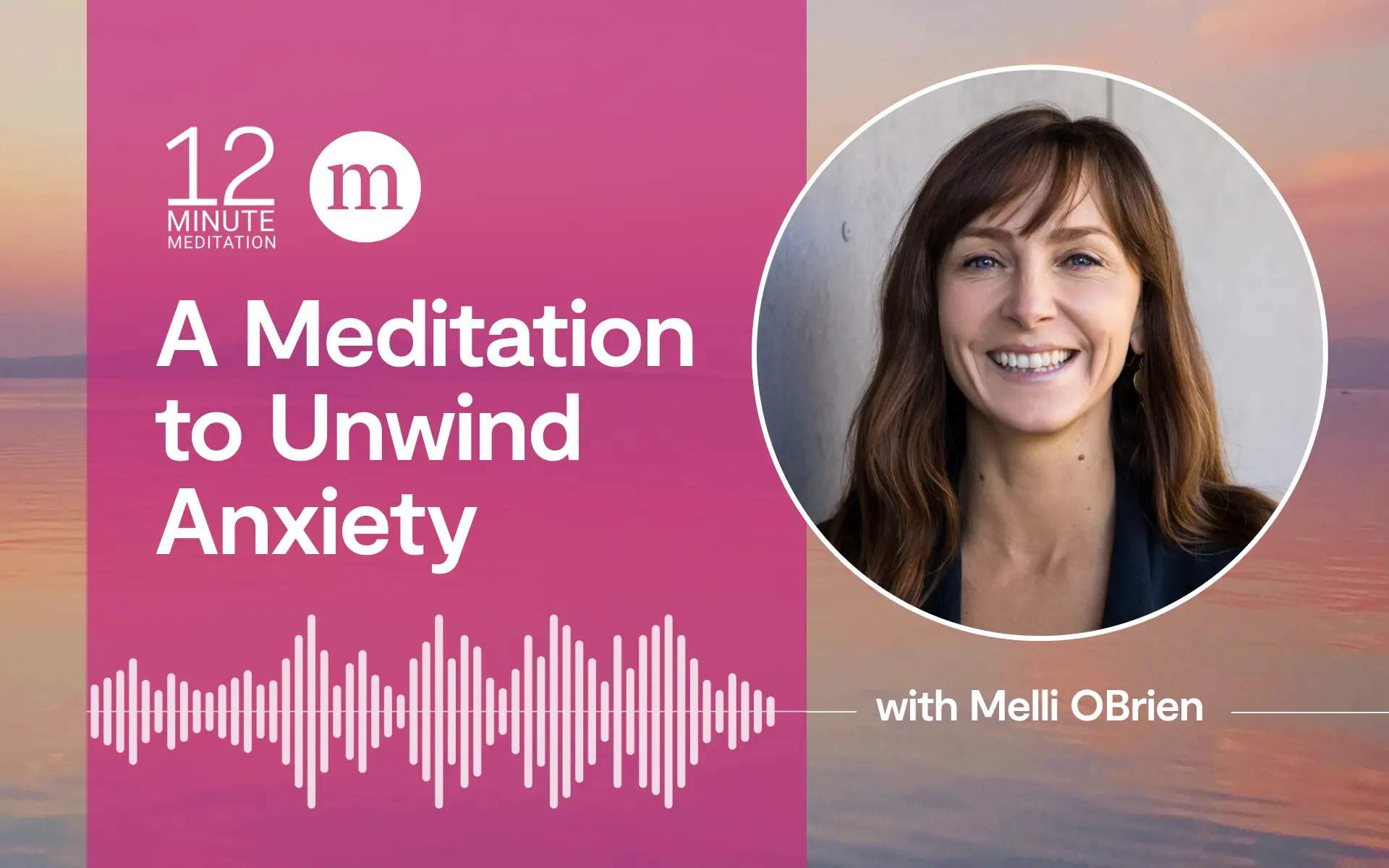Our habits create our lives.
They’re the basis for most of our positive outcomes in life. They determine how often we practice mindfulness, our exercise patterns, our ability to place our full attention on our work. They bolster our capacity to interact with the people around us from a sense of compassion and full presence.
Our habits also create most of the problems we encounter in life. They keep us stuck in self-defeating patterns like eating that full pint of ice cream, getting lost for hours on social media, or “checking out” instead of being present for the people we love.
As you begin this New Year, it’s easy to get caught-up thinking only about goals, outcomes, and New Year’s resolutions. These are important. But we think it’s even more important to consider the underlying habits that either keep you stuck or allow you to experience profound changes.
How do you nourish healthy habits? Here are three proven steps:
3 Science-Backed Strategies to Build Healthy Habits in the New Year
Step 1: Take an Inventory of Your Current Habit System
Edward Deming, one of America’s leading management scientists in the 20th century, declared, “Every system is perfectly designed to get the results it gets.” Allow that to sink in for a moment.
The idea here is that your current system of habits is “perfectly designed” to produce the negative, self-defeating, patterns you wish you could change. If you struggle to exercise, it’s because your current habit system is perfectly designed to keep you from working out. Can’t find time to meditate? It’s because your current habit system is perfectly designed to prevent you from training your mind.
Which existing habits are standing in your way? Which new habits will allow you to make the changes you would like to see?
And that raises an important question: what results do you wish you were getting? For instance, do you want to be more mindful, less distracted? Do you want to be kinder, less agitated? Do you want to spend more time exploring the things that matter most to you? Less time binge-watching shows on Netflix? These are the outcomes you want to change.
Next, look one level deeper, at changes in habits that will help you achieve these outcomes. And this begs a second question: Which existing habits are standing in your way? Which new habits will allow you to make the changes you would like to see?
Step 2: Build New Habits By Stacking Them on Habits You Already Have
By now, you should have a few new habits in mind that will help you achieve the changes you’d like to make. The question then becomes: how do you build these new habits?
In our work with high performers and executives, we’ve found that the best way to build new habits. In the words of habit expert James Clear, “stack” them on top of existing habits.
For example, let’s say you want to build the habit of spending less time distracted by your phone. You could try to build this habit from scratch by saying, “I am not going to look at my phone at all in the evening.”
Stacking this new habit on top of an existing habit is a much more effective strategy. For example, you can say: “After I walk through my front door and take off my jacket in the evening, I’m going to put my phone on Do Not Disturb mode.” This approach increases your likelihood of building the habit. First, you’re tying it to an existing habit (taking off your coat as you walk in the door). Second, it also includes a specific action, which the research says is another important strategy for making habits stick. Saying, “I’m going to try to look at my phone less” is vague. However, switching your phone to Do Not Disturb is a tangible action.
The path to changing your life is more about the process of building the habit than the specific habit itself.
Some other ways to stack habits
There are numerous ways to enact this strategy in everyday life. You could use your walk into the office as a time for practicing present moment awareness, use slowing down in your car at stop signs or stop lights as a cue to take one or two mindful breaths, or use beginning meals as a cue for expressing one thing you are grateful for.
The possibilities here are endless with this simple strategy: Stack the new habit you wish to create on top of an existing habit so that it becomes integrated into the midst of your everyday life.
Step 3: Build and Sustain Your New Habits Using the Four C’s
The final step uses what we call the Four C’s of habit formation to weave these new habits deep into the fabric of your everyday life.
- Commence Small. This first critical tip builds on Stanford professor BJ Fogg’s research, which suggests you start with a goal you can realistically achieve. For example, it’s better to start with 5 minutes of meditation each day than to set yourself up for disappointment by trying to meditate for an hour. Be careful of setting unrealistic New Year’s goals that risk failing in mere days because they are too big. Remember, the path to changing your life is more about the process of building the habit than the specific habit itself.
- Commit. Make a 100% commitment to building your new habit. It turns out that it’s actually easier to commit to building a new habit 100% of the time than 99%. That 1%, after all, can make you miserable. It fuels that voice in your head that says, “I’ll skip it just this once.” But by making a 100% commitment to a tiny habit, you end this mental argument. We have seen over and over again with thousands of people that this is really the key tip for creating new habits.
- Create a consistent Cue. Going back to the idea of habit stacking, where creating a “cue” helps you remember to act. Use one of your existing habits as your cue, as a trigger that helps you remember to build the new habit. If you want to spend less time mind wandering and more time noticing the sights, sounds, and sensations of the present moment, for instance, come up with a regularly repeating cue that reminds you to practice, a cue like waking up, going to bed, walking upstairs, stopping at stoplights, riding in elevators, or standing in line at the store.
- Celebrate. All you have to do to celebrate is savor the experience for just a few seconds. Savor the exquisite feeling of connecting to your breath. Savor the feeling of pleasure that you derive from doing the activity you made a 100% commitment to carry out.
So, while the world hammers on about goals, outcomes, and New Year’s resolutions over the next few weeks, remember that real change and progress only happens when we carefully construct a system of habits that make new outcomes possible.







